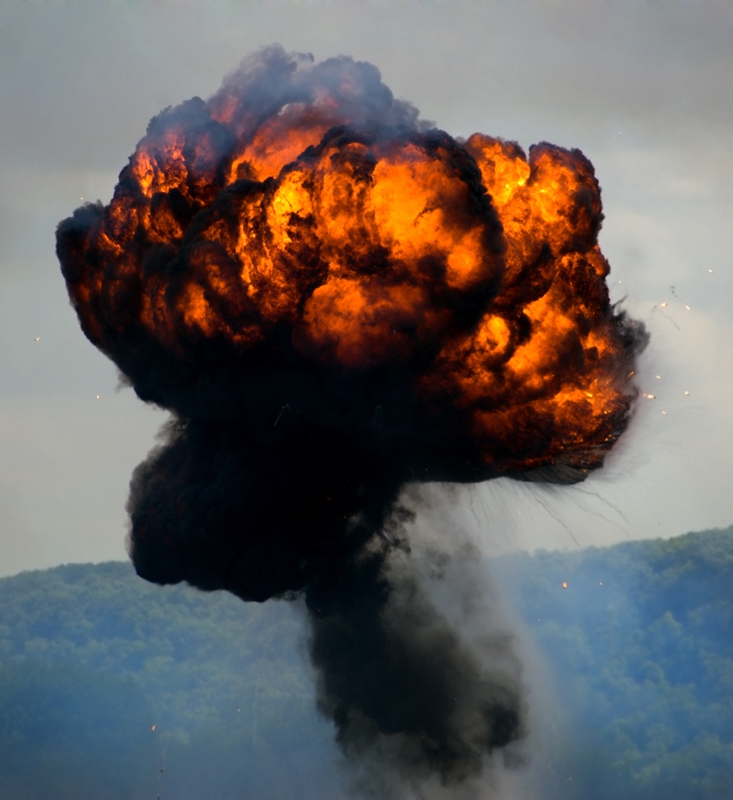Blast Testing the Critical Standards for Security Doors and Windows
When it comes to high-security products such as reinforced doors and windows, it’s critical for businesses and other sensitive sites to know exactly what level of protection they are getting. Every environment will have slightly different needs, depending on what sort of risk factors are at play. Certain businesses such as banks will need a higher level of protection, while others such as industrial chemical plants may need special products designed to protect against an accident.
Regardless of the type of protection a site needs, it’s crucial that decision makers can quickly identify a product that will provide the right solution. This is where testing standards come in, and they are absolutely essential when choosing a security door or window.
In this article, we’ll take a closer look at these standards, and specifically how they relate to blast resistance.
Throughout most of the world, the dominant standards for security are the EN Standards.
Why are standards important?
Testing standards provide a number of benefits to customers and manufacturers alike. Off the bat, they provide a level playing field and an easy-to-understand frame of reference when comparing various products. Without standards, each supplier could test products in their own way, resulting in specifications that don’t necessarily reflect the true differences between various products. Standards also help to set a ‘benchmark’ for manufacturers, ensuring that nobody is manufacturing a product that falls below the practical needs of most businesses.
Throughout much of the world, the dominant standards for security are the EN Standards, and there are two different subsets to look at when considering blast resistance – confined and open-air.
 Are your building’s windows and doors capable of withstanding a blast?
Are your building’s windows and doors capable of withstanding a blast?Standards for blast resistance
For the purposes of standards and testing, there are two main categories of blasts to consider when selecting a security door or window. These are:
Confined blasts (EN 13123/124-1 Standard): Also referred to as ‘deflagrations’, these are blasts that take place over a longer period of time and at a lower pressure than other explosions. These most commonly take place in industrial settings such as chemical plants, and are tested with a method known as the shock tube test that ensures the entire explosive force is focussed on a door or window.
Open-air blasts (EN 13123/124-2 Standard): Often referred to as ‘detonations,’ these are the blasts most people be will familiar with, and that are so important to protect against within sensitive sites. Unlike deflagrations, open-air blast resistance is tested simply – by exploding TNT near the door or window.
 At Gunnebo, we test for open-air and confined blasts.
At Gunnebo, we test for open-air and confined blasts.It is thanks to these tests that customers know exactly what level of protection they are getting for their business or building, and to find out more about which product suits best, contact Gunnebo today.
